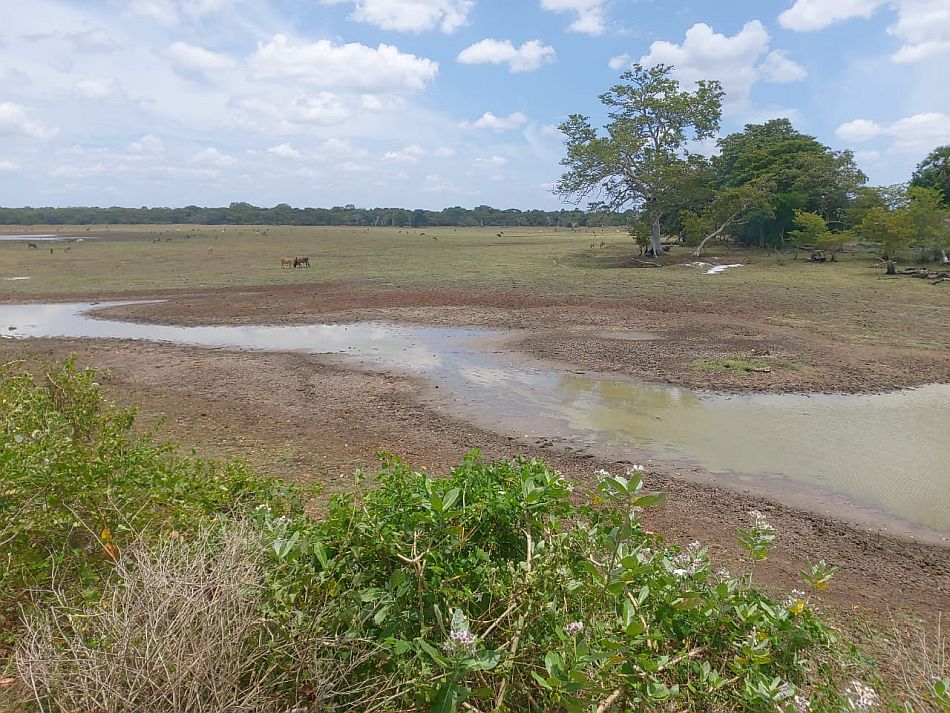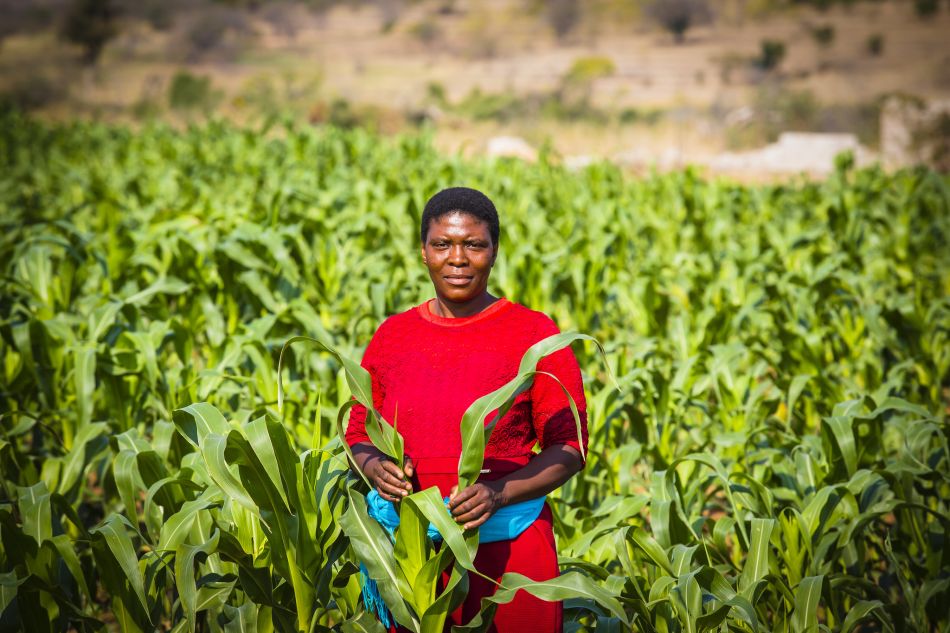Zambia is experiencing an extreme drought, which has devasted the country for more than seven months. The president of Zambia declared the El Niño-driven drought to be a national emergency in February. Since then, the situation has worsened, significantly affecting water availability. The Kariba Dam, Zambia’s largest hydroelectric source, now holds only 7% of its normal water capacity and is expected to shut down in October if the water levels continue to drop at this rate. To ration limited energy, Zambia has implemented power cuts of up to 21 hours a day, compounding the drought’s impact on access to water, food, healthcare, and other vital resources.
This widespread water shortage is affecting almost all areas of life, straining key industries and further intensifying challenges the country already faces. Nationally, copper production—the country’s largest export—has slowed due to power shortages, and the agricultural sector has crippled without adequate rain and sufficient water reserves. At the district level, unequal electricity distribution is fueling tensions, and increased malnutrition is straining health services already weakened by cholera outbreaks earlier this year. Locally, the drought has disrupted everything from food preservation to daily routines. Women, in particular, are bearing heavier burdens as they increasingly rely on producing and using charcoal for cooking and heating. This labor-intensive practice poses health risks but has become necessary amid rising poverty and a lack of viable alternative livelihoods. Ultimately, households across all levels are bearing the brunt of these consequences.
Anticipatory action relies on integrated drought management
Effectively safeguarding households requires integrated efforts across sectors at national, district and local levels, with an emphasis on anticipatory action. This approach involves coordinated measures designed to prevent or mitigate the impacts of potential disasters before they occur. The Zambian government addressed the first step in anticipatory action by developing a drought management plan that translates early warnings into actionable steps. Through the CGIAR Initiative on Climate Resilience (ClimBeR), IWMI’s Zambia Drought Monitoring System (ZADMS) and AWARE Platform warned the Zambian government of an impending drought and enabled the government to track its severity. With the help of seasonal forecast data, agencies could begin to assess how changes in reservoir storage could negatively impact anything from irrigation operations to energy production. However, translating these warnings into effective actions at the district level remains a challenge due to the absence of drought contingency plans, hindering coordinated responses across sectors.
To address this, Zambian districts must create drought contingency plans that define the roles of individuals, communities and institutions, ensuring coordinated action in line with the national management plan when early warnings are issued. Using improved seasonal forecasts and comprehensive early warning and delivery systems from ZADMS, relevant water, irrigation, mining, livestock, tourism and energy sectors can be better prepared in facilitating the contingency plans and institutionalizing the coordination process.
Households rely on anticipatory action
“Households are most protected when the national and district plans empower local communities with infrastructural support,” says Giriraj Amarnath, IWMI Principal Researcher Disaster Risk Management and Climate Resilience and ClimBeR Initiative lead for Zambia. If national and provincial commitments fall short, communities can only react after a disaster hits instead of preparing ahead of time. This is especially true with energy shortages, as building and accessing new grids is expensive and time intensive.
Reactionary and temporary fixes have limited benefits and may cause more problems later. For example, rural communities in Zambia turned to deforestation to buffer their households against the drought. With approximately 90% of cultivation in the country relying on rainfed agriculture, smallholders are particularly vulnerable to climate shocks. After half of the estimated 2.2 million hectares of maize planted in the 2023–24 farming season were destroyed, households faced severe crop losses on top of energy shortages. “In response, local communities resorted to clearing forest areas for firewood and charcoal, providing a temporary source of energy and income to help alleviate their food security challenges,” remarks Amarnath, “but the loss in forest areas threatens the health of the ecosystem and its future ability to buffer against climate shocks, especially as the carbon sequestration of forests slows down climate change.”
When there is integration and preparedness at all levels, households can anticipate rather than react. This allows households to not only meet their basic needs but also unlock new opportunities for growth that benefit the entire community. In Zambia, ClimBeR partnered with Hanzila indigenous communities to install solar-powered boreholes ahead of the El Niño impact, benefitting over 900 households. This initiative has greatly enhanced access to clean drinking water, supported household needs, and provided a dependable water source for home gardening and livestock rearing. The boreholes also irrigate high-value crops like tomatoes, enhancing nutrition, promoting economic diversification, and providing women with alternative livelihoods. Women now earn 900 kwacha ($27) per day from selling tomatoes at the market, and they no longer travel long distances to collect water, easing the physical strain of manual pumping.
Drought affects an entire country deeply, spreading its impact everywhere. To tackle this challenge effectively, it is important to bring together various players and integrate their efforts towards anticipatory action. When a country invests in integrated drought management before a crisis hits, it can better navigate the immediate impacts and build a more resilient foundation for the future. While the path to preparedness and recovery is challenging, proactive measures can help communities manage drought more effectively and strengthen their ability to cope with future difficulties.



